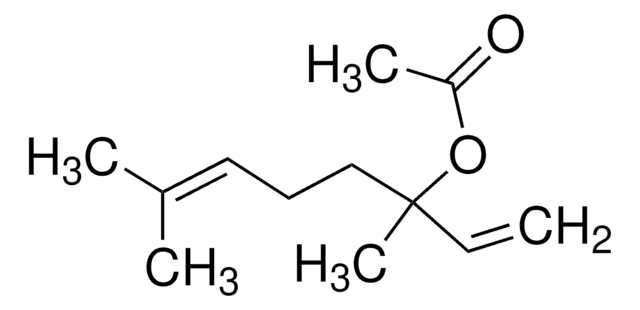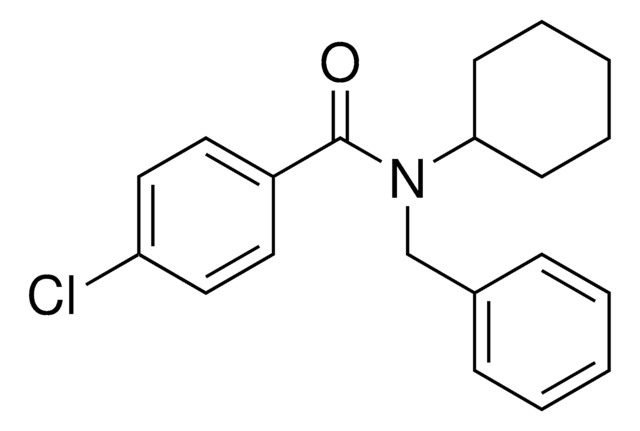SRP3322
R-SPONDIN-2 human
recombinant, expressed in CHO cells, ≥95% (SDS-PAGE), ≥95% (HPLC)
Synonim(y):
RSPO2, Roof plate-specific spondin-2
Zaloguj sięWyświetlanie cen organizacyjnych i kontraktowych
About This Item
Kod UNSPSC:
12352202
NACRES:
NA.32
Polecane produkty
pochodzenie biologiczne
human
rekombinowane
expressed in CHO cells
Próba
≥95% (HPLC)
≥95% (SDS-PAGE)
Postać
lyophilized
masa cząsteczkowa
24.4 kDa
opakowanie
pkg of 20 μg
zanieczyszczenia
endotoxin, tested
numer dostępu UniProt
Warunki transportu
wet ice
temp. przechowywania
−20°C
informacje o genach
human ... RSPO2(340419)
Opis ogólny
Recombinant human R-Spondin-2 (R-Spo2) is a 24.4kDa protein consisting of 212 amino acid residues. R-Spo2 is encoded by the gene mapped to human chromosome 8q23.1. The encoded protein belongs to the R-spondin family of secreted proteins. Members of RSpo family contain two furin-like cysteine-rich domains at N- terminal end and thrombospondin structural domain and a basic charged C- terminal domain.
Działania biochem./fizjol.
R-Spondin 2 (R-Spo2) plays a vital role in the activation of canonical Wnt signaling pathway, which is essential for normal morphogenesis of the respiratory tract and limbs. R-Spo2 positively regulates Wnt-dependent mineralization of osteoblasts, myogenic differentiation and hypertrophic myotube formation. R-Spo2 is also involved in skeletal development. Aberration in the expression of RSPO2 causes ossification of the posterior longitudinal ligament of the spine (OPLL), resulted by the altered differentiation of spinal ligament MSCs (mesenchymal stem cells) into chondrocytes. R-Spo2 is associated with various developmental processes, such as myogenesis, craniofacial morphogenesis, keratinocyte proliferation, osteoblast maturation, lung and limb development. R-Spo2 interacts with leucine-rich-repeat-containing G-protein-coupled receptor 5 (Lgr5) and stimulates acetylcholine receptor (AChR) clustering at the neuromuscular junction (NMJ).
Postać fizyczna
Lyophilized from 10 mM Sodium Phosphate, pH 7.5 + 150 mM NaCl.
Rekonstytucja
Centrifuge the vial prior to opening. Reconstitute in water to a concentration of 0.1-0.5 mg/ml. Do not vortex. This solution can be stored at 2-8°C for up to 1 week. For extended storage, it is recommended to further dilute in a buffer containing a carrier protein (example 0.1% BSA) and store in working aliquots at -20°C to -80°C.
This page may contain text that has been machine translated.
Kod klasy składowania
11 - Combustible Solids
Klasa zagrożenia wodnego (WGK)
WGK 3
Temperatura zapłonu (°F)
Not applicable
Temperatura zapłonu (°C)
Not applicable
Certyfikaty analizy (CoA)
Poszukaj Certyfikaty analizy (CoA), wpisując numer partii/serii produktów. Numery serii i partii można znaleźć na etykiecie produktu po słowach „seria” lub „partia”.
Masz już ten produkt?
Dokumenty związane z niedawno zakupionymi produktami zostały zamieszczone w Bibliotece dokumentów.
R-spondin 2 promotes acetylcholine receptor clustering at the neuromuscular junction via Lgr5.
Nakashima H
Scientific Reports, 6:28512 (2016)
Secreted factor R-Spondin 2 is involved in refinement of patterning of the mammalian cochlea.
Mulvaney JF
Developmental Dynamics, 242(2), 179-188 (2013)
R-spondin 2 is required for normal laryngeal-tracheal, lung and limb morphogenesis.
Bell SM
Development, 135(6), 1049-1058 (2008)
R-Spondin family members regulate the Wnt pathway by a common mechanism.
Kim KA
Molecular Biology of the Cell, 19(6), 2588-2596 (2008)
Masahiro Nakajima et al.
American journal of human genetics, 99(1), 202-207 (2016-07-05)
Ossification of the posterior longitudinal ligament of the spine (OPLL) is a common spinal disorder that results from ectopic ossification of the posterior longitudinal ligament and causes intractable myelopathy and radiculopathy. In a previous genome-wide association study (GWAS), we found
Nasz zespół naukowców ma doświadczenie we wszystkich obszarach badań, w tym w naukach przyrodniczych, materiałoznawstwie, syntezie chemicznej, chromatografii, analityce i wielu innych dziedzinach.
Skontaktuj się z zespołem ds. pomocy technicznej








